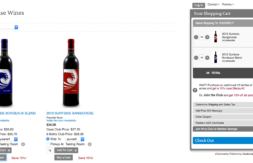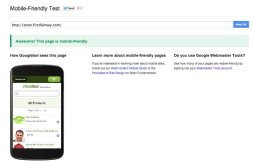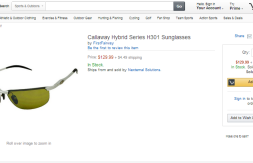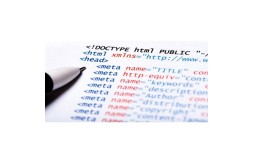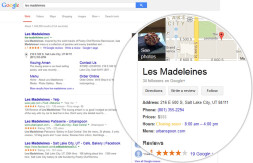How to Write a Good Privacy Policy for Your Website

Surveys repeatedly show that most Internet shoppers are highly concerned with their privacy and how their personal information will be used. Polls typically find that between 80% and 92% percent of Americans articulate substantial concern about Internet privacy. Internationally, reports show that at least 79% of people are concerned about their privacy online.
That said, if you want people to shop on your site, you must provide them with an easy to read Privacy Policy that will make them feel protected and comfortable – if you don’t, they will instead shop with someone else who does.
Very often website owners will look for and use a “form” privacy policy, and all too often, website owners will simply lift privacy language from another site and plunk it on their own site. However, they do so at great risk, as the FTC does in fact sue and penalize businesses that display inaccurate privacy policies listed on their sites. Your site must accurately reflect your site’s data collection and use practices, and once established, you must inform your site users of any changes to those policies.
Elements to Include in your Privacy Policy:
*Identify what types of data you collect (this may include names, addresses, phone numbers, email addresses, IP addresses, site access dates and times, etc.)
*Identify how this data is collected (for example – cookies, web forms, newsletter sign ups, account creation, etc.)
*State why the data is collected and how it will be used (marketing, order processing, customer service, analytics, to generate revenue through the sale of the info to third parties, etc.)
*Identify how the data is protected (encryption, storage on secure servers, password access required, etc.)
*Inform your customers as to whom the information will be disclosed (vendors or third-parties of any kind)
*Indicate how your customers will be informed of any future changes to the policies (most easily done by posting a modification date on your policy page, or some send emails, etc.)
*Inform customers regarding their choices for deletion/deactivation of their personal data
*Include information regarding how to contact you with questions concerning the policy
How to Get Started
If you don’t know where to start, you might try one or all of the free privacy policy generators listed below. They provide wizards through which you answer questions about your practices, and create a policy for you based on your answers. Remember, the policies will only be as good as the integrity and completeness of your answers, and in all cases, it is essential that you read the auto-generated policies, understand them, and edit them in any manner required for accuracy.
Free Privacy Policy Generators:
http://privacypolicies.com/
http://www.freeprivacypolicy.com
http://termsfeed.com/privacy-policy/generator/
Nexternal customers can load their Privacy Policies directly into their order management systems to create a prominent link to the Privacy Policy from the always on-screen cart, or from the header in a collapsible cart implementation. Additionally, Nexternal customers can link to that policy from other web pages by referencing the policy page URL. Please contact your assigned Account Executive with questions.



